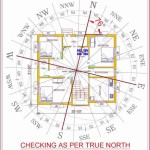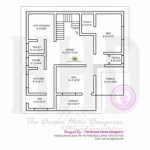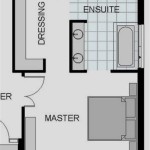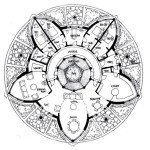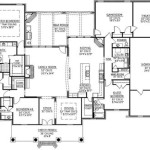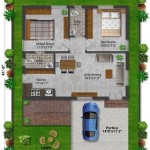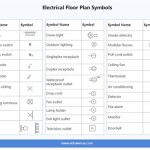Essential Aspects of Residential House Plans With Dimensions
When designing a residential house, dimensions are crucial for ensuring functionality, comfort, and overall satisfaction. By carefully considering the dimensions of various spaces, architects and homeowners can create well-proportioned, livable, and aesthetically pleasing homes.
Essential Dimensions for Common Spaces
Living Room
The living room should be spacious enough to accommodate furniture and provide ample circulation space. Typical dimensions range from 12' x 15' to 18' x 20', allowing for comfortable seating arrangements and designated areas for entertainment and relaxation.
Dining Room
The dining room should comfortably seat the number of people who will regularly use it. A dining table with six chairs typically requires a minimum of 10' x 12', while large tables may need 12' x 15' or more.
Kitchen
Kitchen dimensions depend on factors such as the number of appliances, storage needs, and desired layout. A small kitchen may measure around 10' x 10', while a larger kitchen suitable for entertaining might require 15' x 20' or more.
Bedroom Dimensions
Master Bedroom
The master bedroom should be the most spacious, with dimensions typically ranging from 12' x 12' to 14' x 16'. This allows for a king-size bed, nightstands, a dresser, and other furniture.
Secondary Bedrooms
Secondary bedrooms should be proportionate to their intended use. A child's bedroom may require around 10' x 10', while a guest room or home office may need 11' x 12' or more.
Bathroom Dimensions
Full Bathroom
A full bathroom should include a toilet, sink, bathtub, and shower. Typical dimensions range from 5' x 8' to 8' x 10', providing enough space for all the necessary fixtures and comfortable use.
Half Bathroom
A half bathroom typically consists of a toilet and sink. Smaller dimensions, such as 4' x 6' or 5' x 5', are appropriate for this type of bathroom.
Other Important Considerations
Circulation Space
In addition to room dimensions, it's important to consider circulation space in hallways, entryways, and other common areas. A minimum of 3 feet of clear space is recommended for comfortable movement.
Ceiling Height
Ceiling height contributes to the overall spaciousness and airiness of a house. Standard ceiling heights range from 8 to 9 feet, but higher ceilings can create a more luxurious and expansive feel.
Outdoor Spaces
If the house includes outdoor spaces such as patios, decks, or porches, their dimensions should be carefully considered. These spaces should be large enough to accommodate furniture and allow for comfortable outdoor living.
Conclusion
Residential house plans with dimensions are essential for creating functional, comfortable, and visually appealing homes. By adhering to recommended guidelines and considering individual needs and preferences, architects and homeowners can design houses that meet their specific requirements and provide a lifetime of enjoyment.

12 Examples Of Floor Plans With Dimensions

How To Read A Floor Plan With Dimensions Houseplans Blog Com

How To Read A Floor Plan With Dimensions Houseplans Blog Com

Amazing Beautiful House Plans With All Dimensions Engineering Discoveries Create Floor

Simple 2 Y House Design With Floor Plan 32 X40 4 Bed Room Plans Three Bedroom

Est House Plans To Build Simple With Style Blog Eplans Com

Last Modern And Beautifull House Plans For Diffe Areas Engineering Discoveries

Architectural Floor Plans For G 1 Building With Room Dimensions Furniture Openings 40 X 60 Site How To Plan

Cape Cod House Plan With 3 Bedrooms And 2 5 Baths 7645

Floor Plans With Dimensions Including Examples Cedreo

